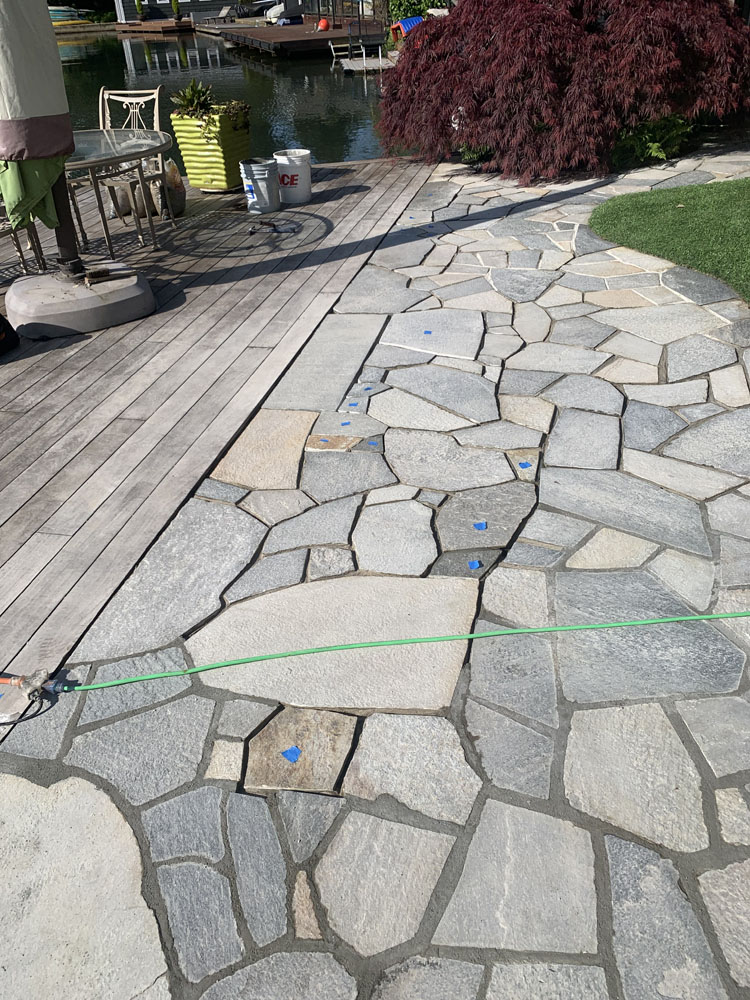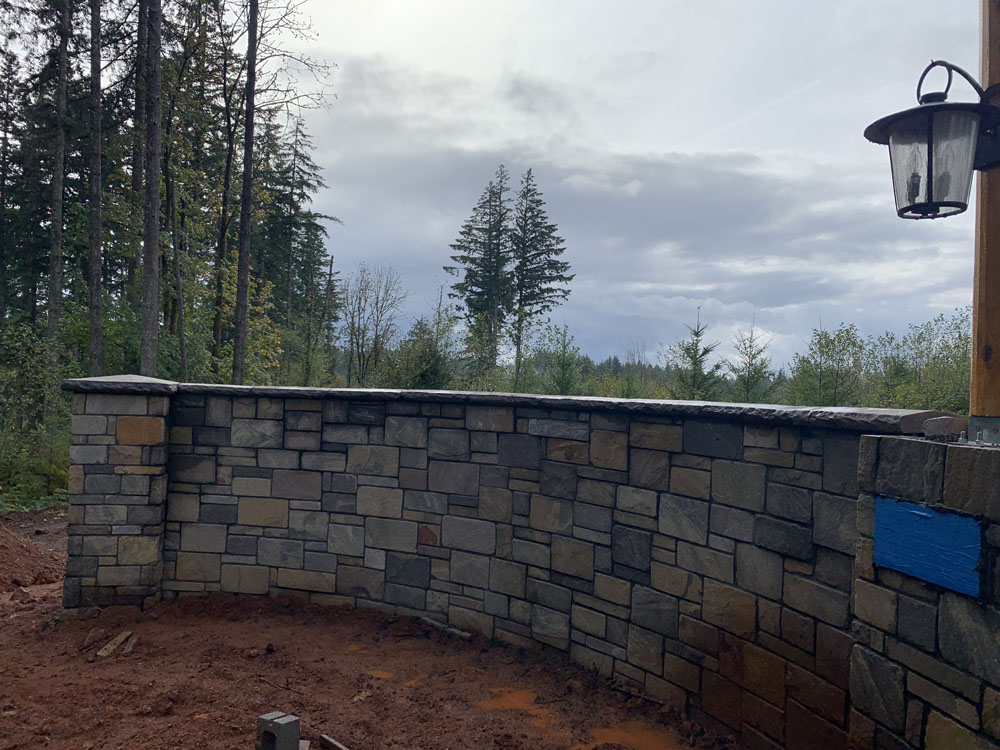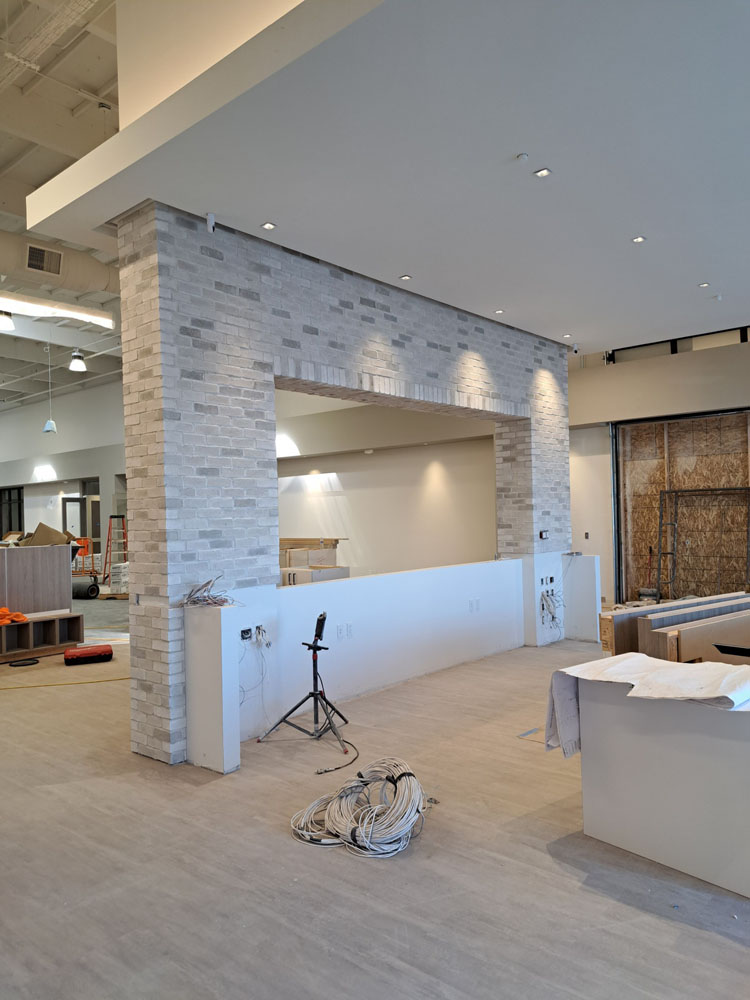Introduction
Are you considering a retaining wall for your garden or landscape? If so, you've likely already realized the pivotal role that choosing the right material plays in both aesthetics and functionality. In this guide, we'll explore how to choose the right stone or brick for your new retaining wall with expert help!, ensuring you have all the necessary information at your fingertips.
Retaining walls serve multiple purposes: they provide structural support, prevent soil erosion, and can even enhance the visual appeal of your outdoor space. However, selecting the right materials—be it stone or brick—can be daunting. Factors such as durability, cost, aesthetic appeal, and installation technique come into play. Fear not! By the end of this article, you’ll be equipped with insights and tips from industry experts to make an informed decision.
Understanding Retaining Walls
What Is a Retaining Wall?
A retaining wall is a structure designed to hold back soil and manage elevation differences in landscaping. Think of it as a barrier that keeps soil in place while preventing erosion. Whether you're building a small garden terrace or a large slope stabilization project, retaining walls play an essential role.
Why Use Retaining Walls?
The benefits of using retaining walls are numerous. They:
- Prevent soil erosion. Create usable space on sloped properties. Add aesthetic value to your landscape. Manage water drainage effectively.
Types of Materials for Retaining Walls
Stone vs. Brick: What’s Best for You?
When it comes to materials for building a retaining wall, two common choices stand out: stone and brick. Understanding their pros and cons can help you make an informed decision.
1. Stone Retaining Walls
Pros:
- Natural appearance that blends well with landscapes. Extremely durable and resistant to weathering.
Cons:
- Can be more expensive than other options. Requires skilled masonry contractors for installation.
2. Brick Retaining Walls
Pros:

- Often more affordable than stone. Offers a classic look that can complement various home styles.
Cons:
- Less durable than stone if not properly maintained. Limited color options compared to natural stone.
Factors to Consider When Choosing Materials
1. Climate Conditions
Your local climate will significantly influence your choice of material. In areas with heavy rainfall or extreme temperatures, opting for durable materials like natural stone might be the best option.
2. Purpose of the Wall
Are you looking primarily for aesthetics, or is functional strength more important? Knowing your primary goal will guide your material selection process.
3. Budget Constraints
Cost is always a consideration when undertaking any construction project. While natural stone may seem appealing due to its beauty, it often comes at a premium price.
4. Aesthetic Appeal
Consider how each material will fit into the overall design of your property. Take time to visualize how different stones or bricks will look against existing structures or landscapes.

How To Choose The Right Stone Or Brick For Your New Retaining Wall With Expert Help!
Choosing the right material involves careful planning and consideration of several factors:
Consult with Experts: Engaging with a knowledgeable masonry contractor can provide invaluable insights tailored to your specific situation. Sample Testing: Before making a final decision, request samples from local suppliers to see how they look under different lighting conditions. Local Building Codes: Ensure compliance with local zoning regulations regarding wall height and material specifications. Longevity Considerations: Evaluate how long each option will last under your particular environmental conditions.Installation Techniques: Stone vs Brick Retaining Walls
Installing Stone Retaining Walls
Stone walls typically require skilled craftsmanship due to their weight and complexity in fitting stones together seamlessly.

Steps:
Site Preparation: Clear the area where you’ll build. Foundation Setting: Lay down gravel for proper drainage. Layering Stones: Begin stacking stones from bottom to top while ensuring stability at each level.Installing Brick Retaining Walls
Brick installation can be more straightforward but still requires precision!
Steps:
Prepare Your Site: Similar to stone walls; ensure proper ground preparation. Create Foundations: Lay concrete as a solid base. Mortar Application: Use mortar between bricks for added stability as you stack them up.Maintenance Tips for Your Retaining Wall Materials
Regardless of whether you choose stone or brick, regular maintenance is key to longevity:
Stone Maintenance
- Inspect joints regularly for signs of wear. Clean surfaces periodically using mild detergents.
Brick Maintenance
- Check mortar joints annually; replace any deteriorated sections promptly. Power wash surfaces occasionally to remove grime buildup.
FAQs about Choosing Materials for Retaining Walls
1. What is the average lifespan of a stone retaining wall?
Typically, Masonry Contractor Near You in Carlton stone retaining walls can last between 50–100 years if properly built and maintained!
2. Can I build a retaining wall myself?
While DIY is possible, hiring an experienced masonry contractor ensures proper installation which could save costs in repairs later on.
3. How do I determine if my soil needs reinforcement?
Consult with local experts who can perform soil tests to assess its load-bearing capacity!
4. Are there environmentally friendly options available?
Yes! Look into recycled materials or sustainable sourcing practices when selecting stones or bricks!
5. Will I need permits for my retaining wall construction?
Most municipalities require permits for structures exceeding certain heights; check local regulations beforehand!
6. How do I maintain drainage behind my retaining wall?
Incorporate weep holes during construction allowing water drainage which helps prevent pressure buildup behind the wall!
Conclusion
At this point, it’s clear that choosing the right materials—stone or brick—for your new retaining wall requires thoughtful consideration backed by expert advice from seasoned masonry contractors! By taking into account various factors like climate conditions, budget constraints, aesthetic preferences along with maintenance requirements; you'll set yourself up for success in creating stunning yet functional outdoor spaces!
So roll up those sleeves because you're now empowered with knowledge on how to select wisely while also enhancing both beauty & functionality within any landscape design project!
Remember: whether you're leaning towards timeless elegance offered by stones or classic charm brought forth through bricks—each choice comes down ultimately towards crafting something special just waiting beneath our feet!